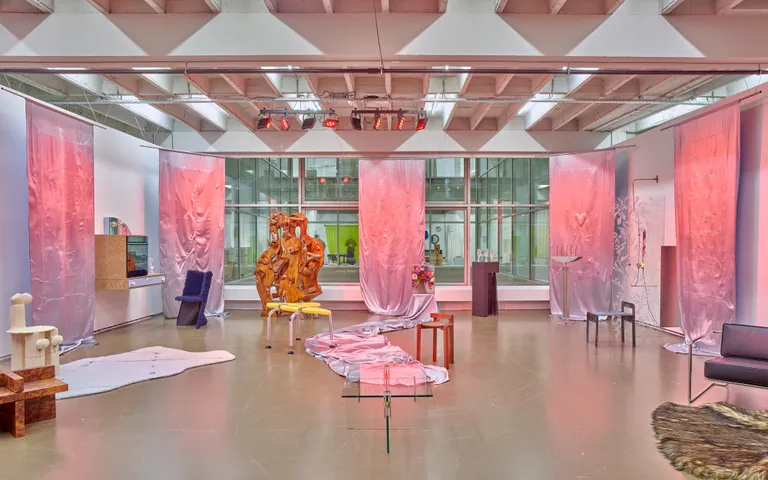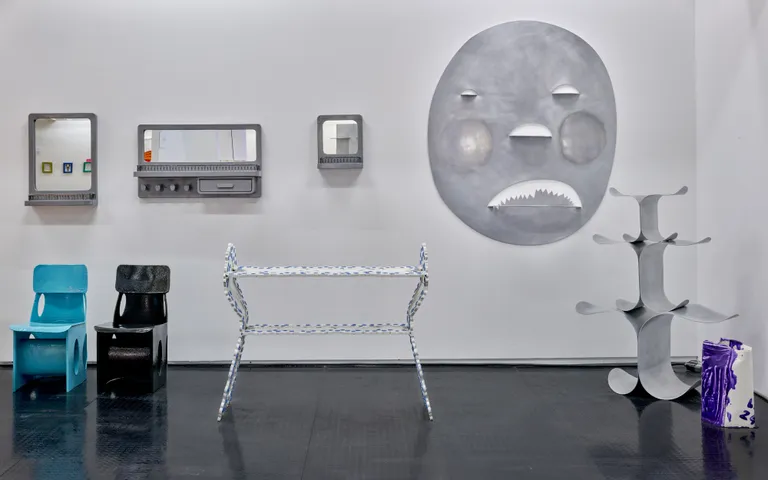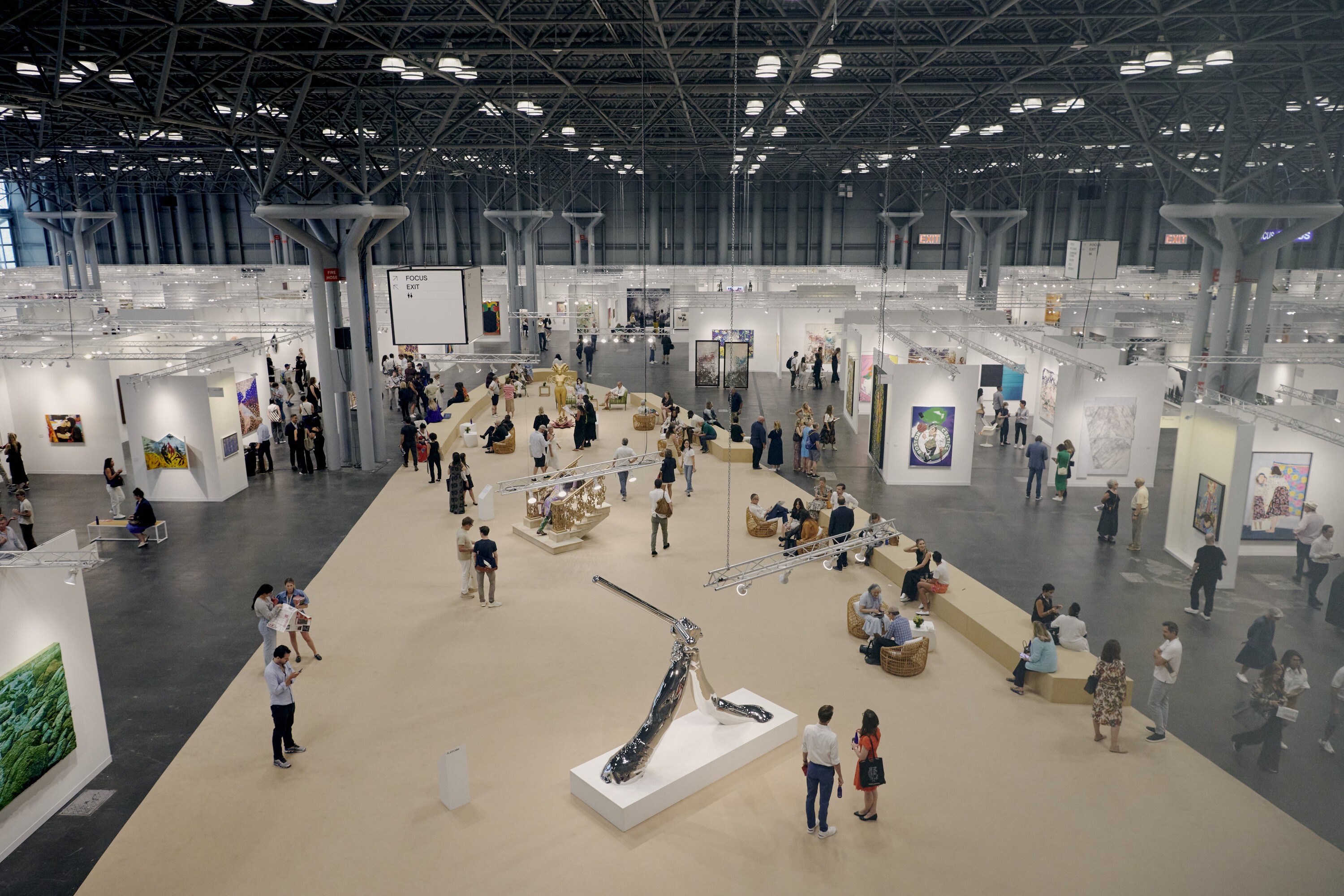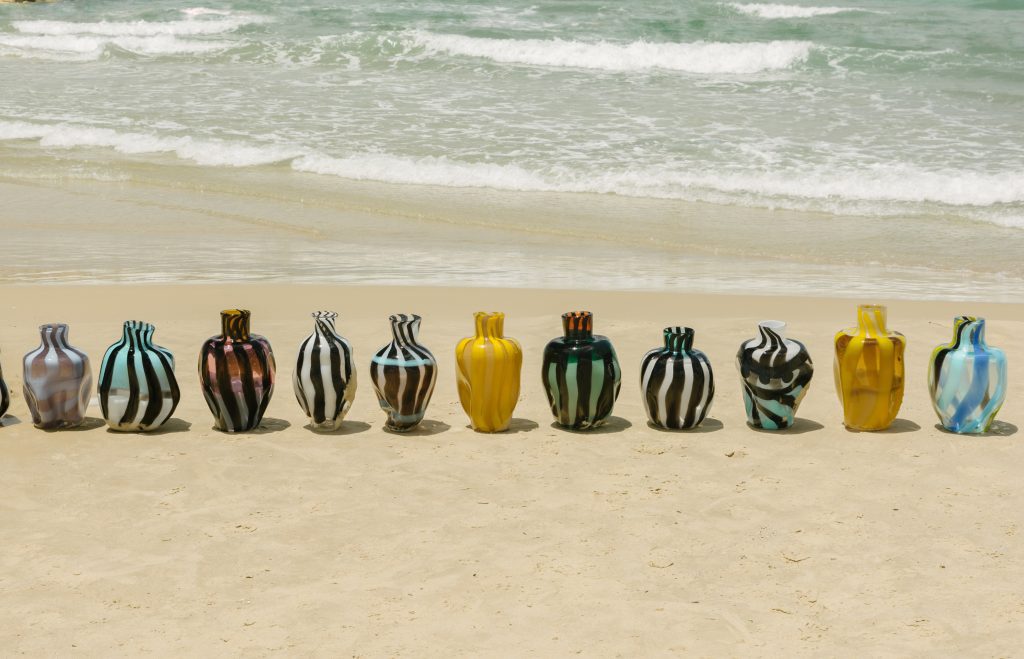

What Exactly is Collectible Design?
In recent years, the term “collectible design” has become pervasive in the design world. The term, which first gained traction nearly two decades ago, has driven the rise of a contemporary design market where galleries increasingly showcase pieces celebrated for their collectible status. This movement has given rise to a new class of collectors eager to align themselves with what is often described as the most exciting and forward-thinking segment of design.
Historically, the term “collectible” was associated with rarity or provenance, often referring to vintage or antique items whose scarcity naturally increased over time, even if they were originally mass-produced. However, in the realm of contemporary design, “collectible” has taken on new dimensions. It now represents not only rarity but also the potential for investment, with many of these pieces anticipated to appreciate in value. Yet, collectible design is about far more than just monetary worth. This niche within the broader design field is defined by limited production runs, artistic value, and a frequent intersection with contemporary art. These pieces, typically distributed by galleries or self-producing designers, are celebrated for their originality, craftsmanship, and the unique narratives they embody.
According to Clélie Debehault and Liv Vaisberg, founders of COLLECTIBLE—the leading fair dedicated to this niche—the essence of collectible design lies in its focus on current creation. As they describe it, “COLLECTIBLE strives to only showcase high-quality and well-researched objects which reflect the latest currents. In order to keep COLLECTIBLE’s concept coherent, works presented are either unique pieces, bespoke commissions or limited editions, pieces are functional or have functionality in mind during the process and all works need to have been produced recently, while premieres are favoured.”




Fundamentals of Collectible Design
Limited Editions & Rarity
This emphasis on limited editions and uniqueness fosters a perception of scarcity, making each piece not just a functional object but a coveted work of art. The appeal of collectible design lies in this intersection of practicality and artistry, offering collectors the opportunity to own something that is both beautiful and unique, as well as a potential investment. Consequently, collectible design has become a significant and increasingly popular segment within the design world, captivating both seasoned collectors and a new generation eager to explore the boundaries between design and art. Collectors are drawn to the unique opportunity to own something that is not only functional but also a statement of individuality and taste.


by TOUCH WITH EYES


by Leo Maher


by Domestic Totems I Giulia Cosenza


by Heilig Objects


by lucile Gracile


by TOGIGI
Artistic and Conceptual Focus
Unlike traditional design, which often prioritizes utility, collectible design places a strong emphasis on artistic and conceptual elements. These pieces frequently challenge conventional ideas of functionality and instead serve as a medium for storytelling or commentary on broader social, political, and cultural issues. This focus on narrative and concept elevates collectible design beyond mere objects to be used, making them pieces to be contemplated and admired.


by Benjamin Foucaud


by Federica Zama


by Studio Kloak


Craftsmanship and Innovation
The production of collectible design often involves a high degree of craftsmanship and innovative techniques. Designers may collaborate with skilled artisans or employ cutting-edge technologies like 3D printing and laser cutting. The result is a collection of works that not only look unique but also reflect the designer’s deep engagement with materiality and production processes. This craftsmanship is central to the value and appeal of these pieces.


by Nitush and Aroosh


by Lia Raquel Marques


Cultural and Historical Relevance
Many collectible designs draw inspiration from historical or cultural references, adding layers of meaning and significance to the objects. Whether through the revival of traditional techniques or the reinterpretation of historical forms, these designs offer more than just visual appeal—they connect the past with the present, making them rich in context and resonance.


by Elis Monsport


by Soledre


by LØRDAG & SØNDAG


by TIM TEVEN
The Rise and Proliferation of Collectible Design
The past two decades have seen a remarkable rise in the prominence of collectible design, a trend largely driven by the increasing number of specialized fairs and platforms dedicated to this niche. Events like Design Miami and COLLECTIBLE have become essential destinations for collectors, designers, and enthusiasts. Liv Vaisberg reflects on this evolution: “We are often told that through the name of our fair we have actually created this hashtag.” Before 2018, the term “collectible” mainly referred to design art, which was more decorative in nature. However, the current collectible scene has shifted towards designs that engage with deeper content, including reflections on political and gender values, decolonization, and sustainability.
The proliferation of fairs like COLLECTIBLE has played a significant role in this shift. These events not only provide a platform for showcasing innovative and experimental designs but also foster a community of collectors who appreciate the unique blend of art and functionality. The expansion of COLLECTIBLE into new markets, such as its upcoming debut in New York this fall, underscores the growing global interest in this sector. Timed to coincide with The Armory Show from September 5 to 8, this event will further solidify New York’s status as a key hub for contemporary collectible design.


Cultural Shifts and Collectible Design Market Dynamics
The rise of collectible design also reflects broader cultural shifts towards valuing originality, sustainability, and craftsmanship. In a world dominated by mass production, there is a growing appetite for items that stand out for their uniqueness and the stories they tell. This is particularly evident among younger collectors who, as Vaisberg notes, may have smaller budgets but are drawn to the originality and conceptual richness of contemporary designs.
Moreover, the integration of social media platforms like Instagram has played a pivotal role in this movement. These platforms allow designers to showcase their work to a global audience, while collectors can discover and engage with pieces that resonate with their personal values and aesthetics. This digital visibility has encouraged designers to take bold, creative risks, further pushing the boundaries of what collectible design can be.
Final Thoughts
Collectible design is much more than a trend; it is a dynamic and evolving field that intersects art, culture, and functionality. With its emphasis on limited editions, craftsmanship, and conceptual depth, collectible design offers both a unique aesthetic experience and an investment opportunity. As this market continues to grow, fueled by fairs like COLLECTIBLE and a new generation of enthusiastic collectors, it will undoubtedly shape the future of design in profound, unexpected and exciting ways.





